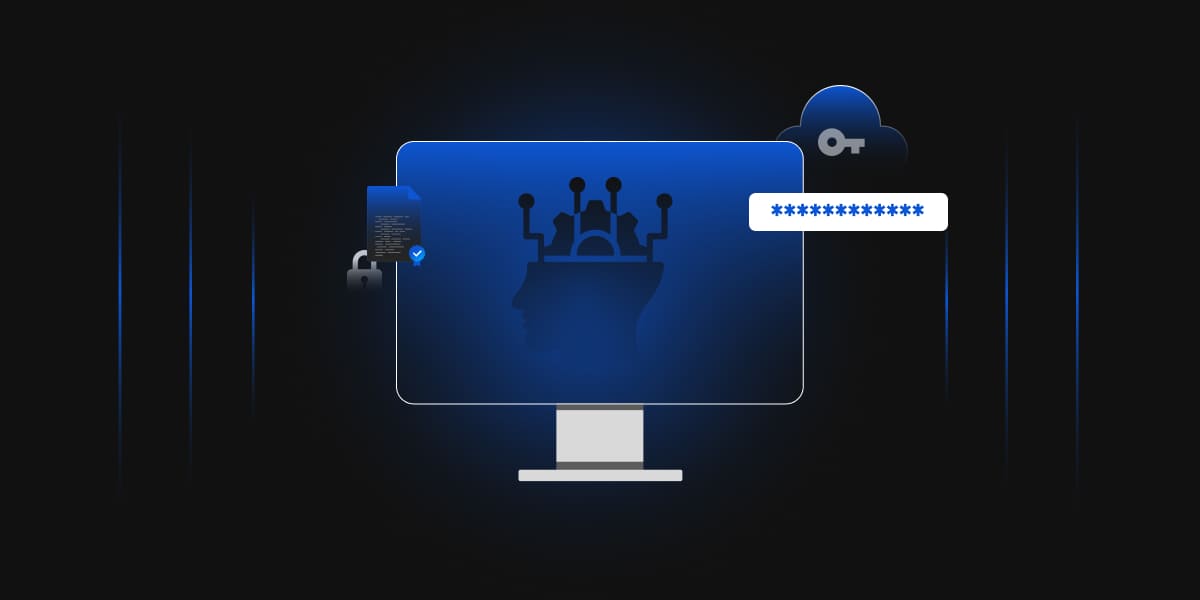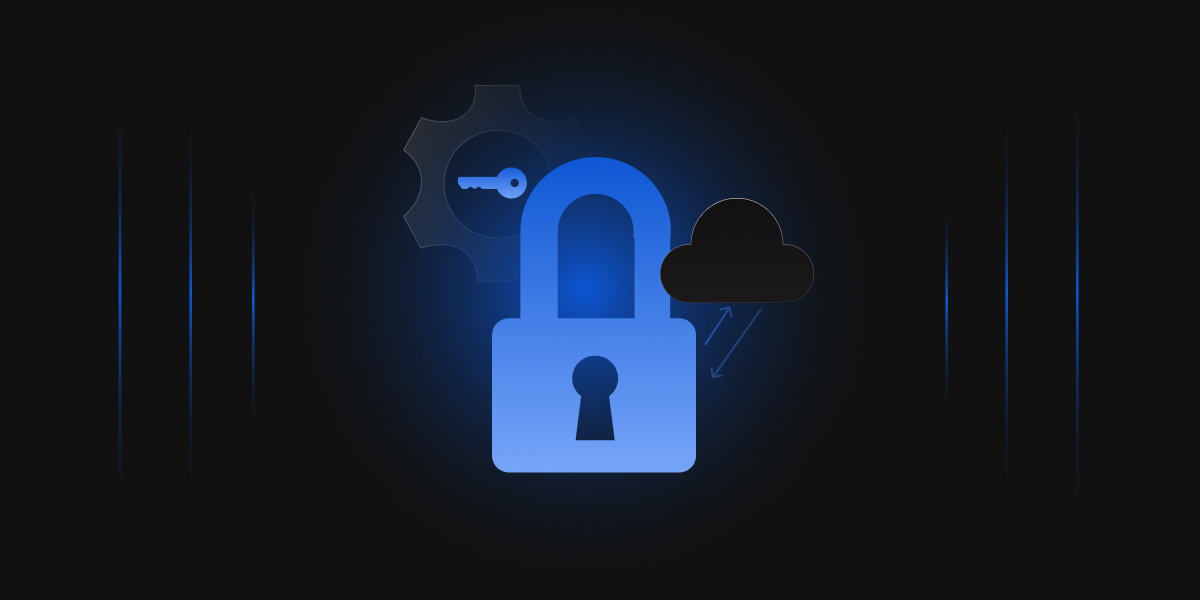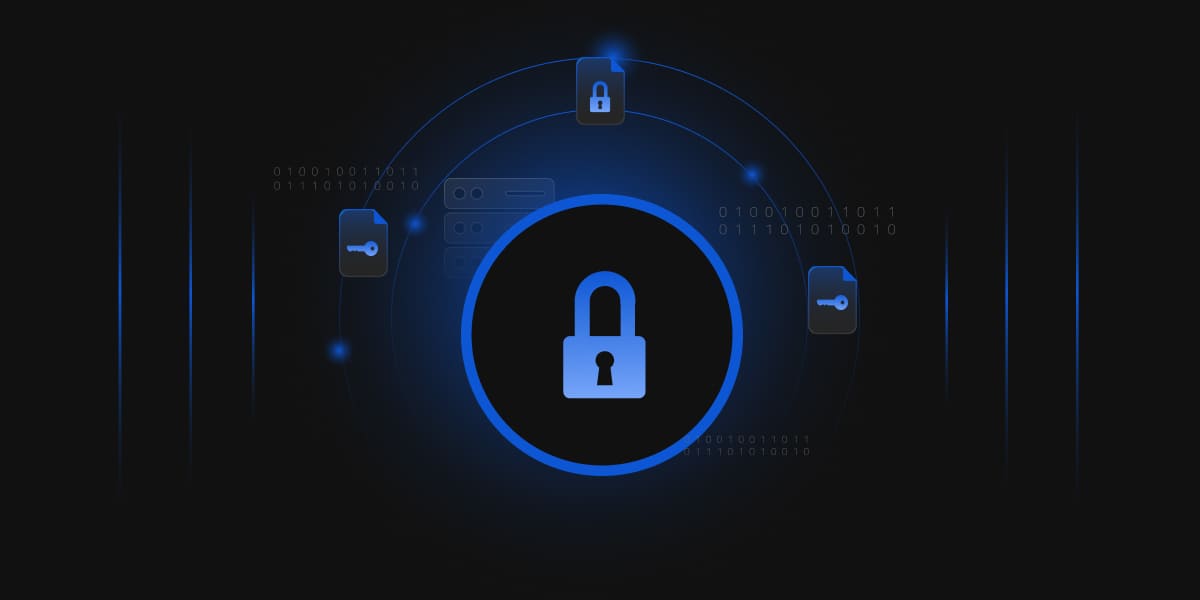Artificial intelligence (AI) has been a game-changer in today’s world. Artificial Intelligence (AI) is a valuable tool in addressing cybersecurity issues. It helps create Intelligent Agents, which can be in the form of hardware or software. These agents are designed to effectively deal with specific security challenges by observing, learning, and making smart decisions. They can find weaknesses in complicated code, notice unusual patterns in how users log in, and even identify new types of harmful software that regular tools might miss.
Intelligent Agents work by processing a lot of data to understand patterns. When used in defense systems, they use this knowledge to analyze incoming data, including information that hasn’t been seen before.
The use and role of AI in cybersecurity is increasing rapidly, with many organizations adopting it as a key tool for their security strategy.
Why is AI important in cybersecurity?
AI’s importance in cybersecurity lies in its ability to provide advanced threat detection, automate responses, adapt to evolving threats, and handle large-scale data analysis. As cyber threats continue to evolve, integrating AI into cybersecurity strategies becomes increasingly essential for maintaining robust and effective defenses.
-
Advanced Threat Detection
AI enables more sophisticated and accurate threat detection. Machine learning algorithms can analyze vast datasets and identify patterns, anomalies, and potential threats in real-time. This proactive approach allows for the early detection of emerging threats, including previously unseen and sophisticated attacks.
-
Behavioral Analytics
AI excels in behavioral analytics, which involves analyzing patterns of user behavior and network activities. By establishing a baseline of normal behavior, AI systems can detect deviations or anomalies that may indicate a security threat. This helps in identifying insider threats and zero-day attacks that traditional security measures might miss.
-
Automated Incident Response
AI facilitates the automation of incident response processes. With the ability to learn from historical data and adapt to new information, AI systems can respond to security incidents rapidly and effectively. Automated responses can help mitigate the impact of an attack, minimizing the time it takes to identify, contain, and remediate a security breach.
-
Adaptive Security Measures
AI enables security systems to adapt and evolve based on the changing threat landscape. As cyber threats become more sophisticated, AI can continuously learn and update its algorithms to stay ahead of emerging risks. This adaptability is crucial in maintaining robust cybersecurity defenses.
-
Large-Scale Data Analysis
Cybersecurity generates massive amounts of data from various sources, including logs, network traffic, and user activities. AI can handle and analyze this data on a large scale, identifying patterns and trends that might be indicative of a security threat. This ability to process big data is essential for effective cybersecurity in today’s interconnected and data-driven environments.
-
Reducing False Positives
AI can help reduce the number of false positives in security alerts. Traditional security systems often generate false alarms, leading to alert fatigue and potentially overlooking real threats. AI’s ability to contextualize data and understand normal behavior patterns helps in distinguishing between genuine threats and false alarms.
-
Continuous Monitoring and Adaptive Learning
AI enables continuous monitoring of networks and systems, providing real-time insights into potential security risks. Additionally, AI systems can learn from ongoing activities, adapt to changes in the environment, and update their understanding of normal behavior over time.
Is it safe to automate cybersecurity?
Automating cybersecurity can be a valuable and efficient approach, but like any technology, it comes with its considerations and challenges. While automating cybersecurity brings significant benefits, it is crucial to strike a balance and complement automation with human expertise. The synergy between automated tools and skilled cybersecurity professionals is essential for building a robust defense against the diverse and evolving landscape of cyber threats.
-
Efficiency and Speed
Automation can significantly enhance the speed and efficiency of cybersecurity processes. Automated systems can quickly analyze vast amounts of data, detect threats, and respond to incidents much faster than manual methods. This speed is crucial in the rapidly evolving landscape of cyber threats.
-
Reducing Human Error
Automation helps reduce the risk of human error, a common factor in cybersecurity incidents. Automated systems can consistently follow predefined security protocols, minimizing the likelihood of mistakes that could lead to security vulnerabilities.
-
24/7 Monitoring and Response
Automated cybersecurity measures enable continuous monitoring of networks and systems, providing a proactive defense against potential threats. This constant vigilance is challenging to maintain manually, especially in large and complex IT environments.
-
Scalability
Automated systems can scale easily to handle a large volume of data and diverse security tasks. This scalability is essential for organizations with complex infrastructures and a high volume of network traffic.
-
Routine and Repetitive Tasks
Automation is well-suited for handling routine and repetitive tasks, allowing human cybersecurity professionals to focus on more complex and strategic aspects of security. This improves job satisfaction and utilizes human expertise where it is most needed.
However, there are considerations and potential challenges:
-
False Positives
Over-reliance on automation can lead to an increased number of false positives, where legitimate activities are flagged as potential threats. This can result in alert fatigue among cybersecurity professionals, causing them to overlook genuine threats.
-
Sophisticated Adversaries
Cyber adversaries are becoming increasingly sophisticated, and some may specifically design attacks to bypass automated detection systems. Human intuition and analysis remain critical in identifying complex, targeted attacks.
-
Ethical and Legal Considerations
Automating certain cybersecurity processes raises ethical and legal questions, particularly when it comes to autonomous decision-making. Determining the appropriate level of autonomy and responsibility in cybersecurity is an ongoing challenge.
How does AI in cybersecurity assist security professionals?
AI in cybersecurity helps security professionals by understanding complicated data patterns, giving useful advice, and allowing automatic problem-solving. It makes it easier to spot potential dangers, assists in making decisions, and speeds up the response to incidents.
AI uses three main ways to deal with tricky security issues:
-
Pattern Insights
AI is great at spotting and sorting data patterns that might be hard for people to understand. It shows these patterns to security professionals for a closer look.
-
Actionable Recommendations
Smart computer programs (Intelligent Agents) suggest practical steps based on the identified patterns. This helps security professionals know what actions to take.
-
Autonomous Mitigation
Some of these smart programs can take direct action to fix security problems without needing security professionals to do it themselves.
Even if an organization already has skilled security professionals and good tools, these smart programs aim to make them even better. They add extra support, making the overall defense stronger. A key starting point in defense is finding weaknesses that attackers could use. AI makes scanning source code (the instructions that make software work) more accurate, which means fewer mistakes and helps engineers find security problems before putting applications into use.
AI also helps in responding to threats. Smart AI solutions give information about threats and explain the details to the security team. This extra information helps the team respond quickly and effectively, making the overall response to incidents better.
AI in cybersecurity goes beyond traditional methods, changing how organizations protect their systems and data. By using AI and cybersecurity together, security professionals get better at spotting problems, dealing with threats before they become big issues, and using smart automation to stay ahead of cyber threats in a world that’s always changing.
How does cybersecurity benefit from AI?
AI significantly benefits cybersecurity by providing advanced threat detection, behavioral analytics, real-time monitoring, and automated incident response. However, we need to analyze how the integration of AI technologies empowers cybersecurity professionals with more effective tools to defend against the constantly evolving landscape of cyber threats. Below are the approaches to enhance intelligence to human teams across various cybersecurity domains, such as:
-
Adaptive Security Measures
AI systems can adapt to changes in the threat landscape by continuously learning and updating their algorithms. This adaptability is crucial in countering new and evolving cyber threats, providing a more dynamic defense compared to static security measures.
-
Phishing Detection
AI enhances the detection of phishing attempts by analyzing email content, sender behavior, and other factors. Machine learning algorithms can identify patterns associated with phishing emails, reducing the likelihood of employees falling victim to social engineering attacks.
-
Asset Management
AI can be used to ensure a thorough and precise record of all devices, users, and applications accessing information systems. Categorize and evaluate their importance to business for effective organization and management.
-
Threat Intelligence
Stay current with global and industry-specific threats, enabling organizations to prioritize security measures based on the likelihood and potential impact of these threats. This empowers strategic decision-making for enhanced security.
-
Security Controls Evaluation
Evaluate the impact and effectiveness of existing security tools and processes to reinforce the overall security posture. This involves assessing how well our current security measures are performing and identifying areas for improvement.
-
Breach Risk Anticipation
AI can help predict vulnerabilities and potential security breaches by considering factors such as IT asset inventory, threat exposure, and the effectiveness of security controls. This proactive approach allows for the allocation of resources to mitigate risks before they turn into serious incidents.
Utilizing AI in cybersecurity empowers organizations to strengthen their defenses, boost resilience against cyber threats, and facilitate efficient communication and decision-making in the ever-changing landscape of risks.
Conclusion
The increasing integration of artificial intelligence (AI) in cybersecurity offers a transformative opportunity to enhance the efficiency and effectiveness of security measures. AI introduces various capabilities that can revolutionize the conventional approach to cybersecurity. It has the potential to significantly strengthen our defense against evolving cyber threats by automating tasks, improving accuracy, and reducing costs.
When AI is incorporated into cybersecurity practices, organizations can detect and respond to threats in real-time. This is made possible through machine learning algorithms that can analyze extensive data sets and identify patterns that may be challenging for humans to discern.
This real-time capability for threat detection and response is particularly crucial in today’s fast-paced cybersecurity landscape, where threats can emerge and evolve rapidly.
The potential of AI to revolutionize cybersecurity is vast, allowing organizations to effectively enhance their security posture and stay ahead in the ever-evolving landscape of cybersecurity. However, it is essential to approach AI adoption with a thorough understanding of the associated risks and implement appropriate measures to mitigate them.




